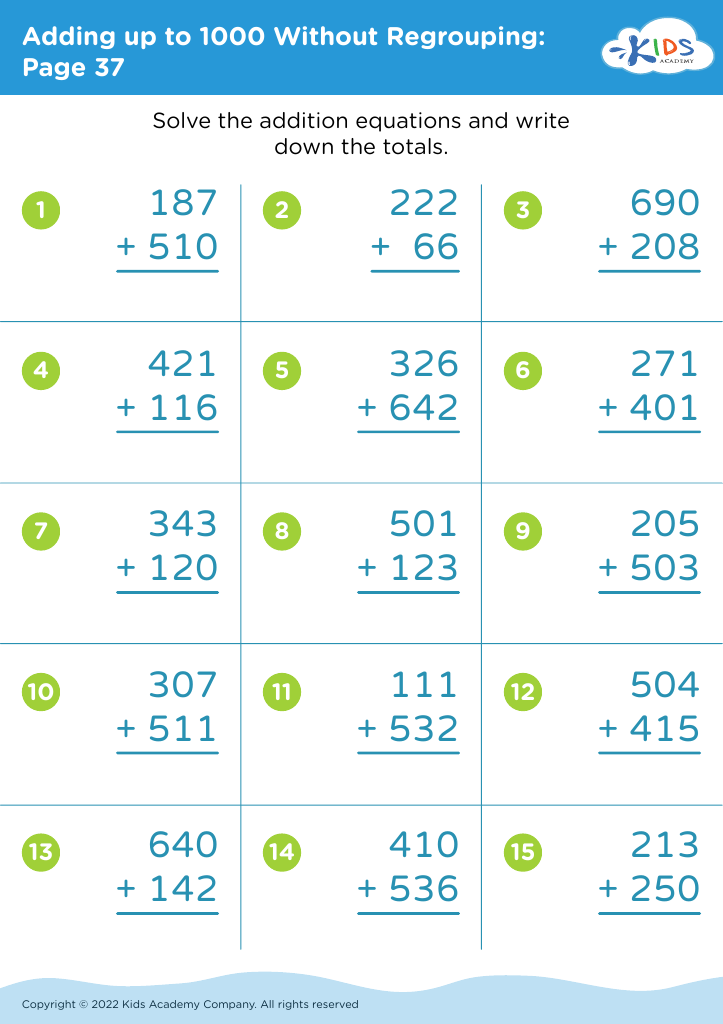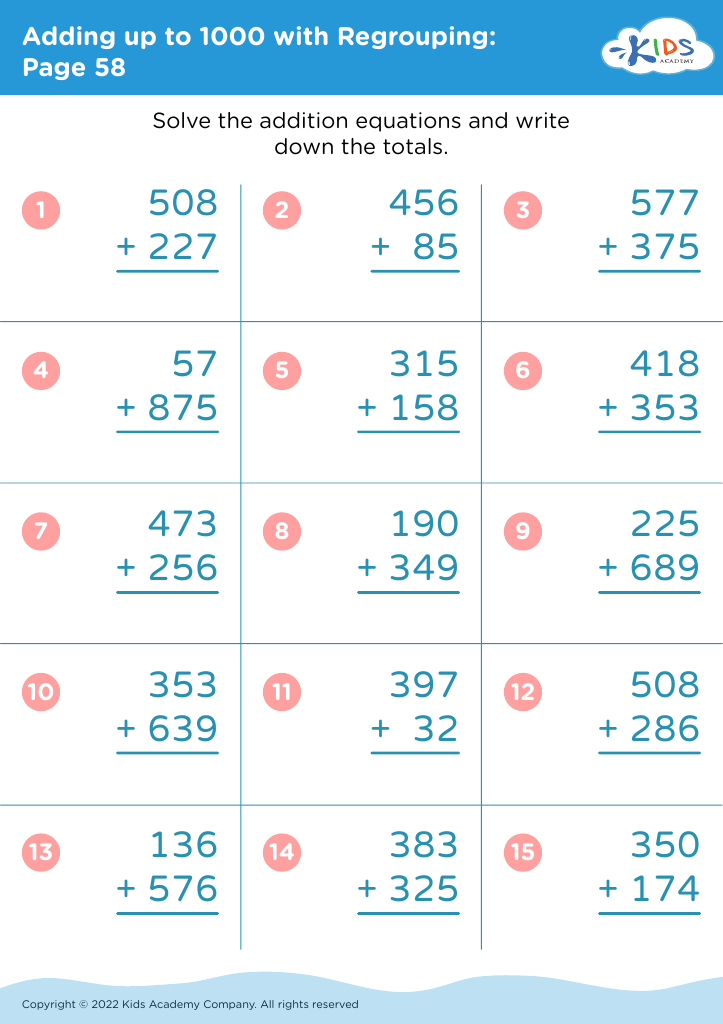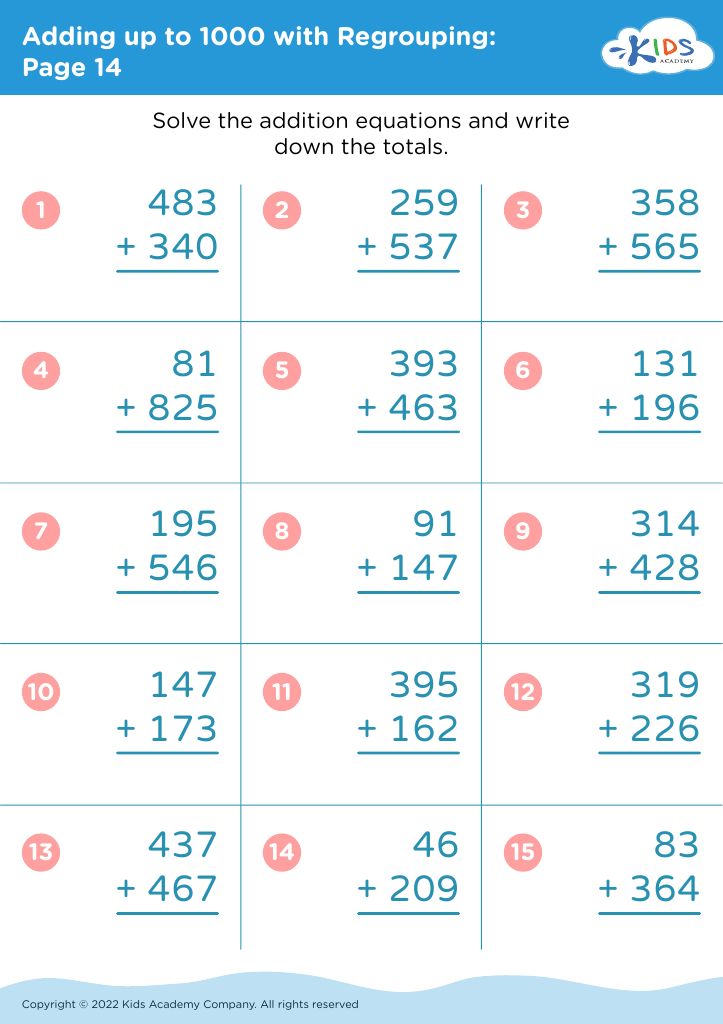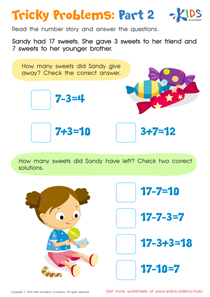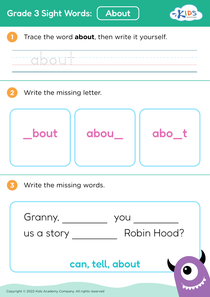Color Identification Grade 3 Adding up to 1000 Worksheets
6 filtered results
-
From - To
Explore our engaging "Color Identification Grade 3 Adding up to 1000 Worksheets" designed to enhance your child's math skills while fostering creativity! These interactive worksheets combine fun color-related activities with essential arithmetic practice, allowing third graders to visualize numbers and strengthen their understanding of addition up to 1000. Not only do these resources make learning more enjoyable, but they also support early grade learners in developing critical thinking and problem-solving abilities. Perfect for classroom settings or at-home learning, these worksheets will keep your child motivated and excited about math. Start your child's colorful learning journey today!
Parents and teachers should care about color identification and numeracy skills, such as adding up to 1000, for Grade 3 students because these foundational skills are crucial for children's cognitive and social development. Color identification is not just about recognizing colors; it enhances visual perception and can significantly enrich children's creativity and emotional expression. Engaging with colors helps them make connections in art and nature, fostering observational skills and enhancing problem-solving abilities.
Simultaneously, mastering addition concepts, like adding up to 1000, sets the stage for more complex mathematical understanding. At this stage, students are sharpening their ability to work with larger numbers, which is integral for future math proficiency. This skill helps with budgeting, planning, and even understanding data in everyday situations—essential skills as they mature.
Moreover, both color and numerical skills support children's self-confidence. As they master these areas, their engagement in class grows, leading to improved academic performance and social interactions. Teachers and parents play a vital role in nurturing these skills, impacting a child's overall development, curiosity, and attitudes toward learning, ensuring they are better equipped for future challenges in academics and life.

